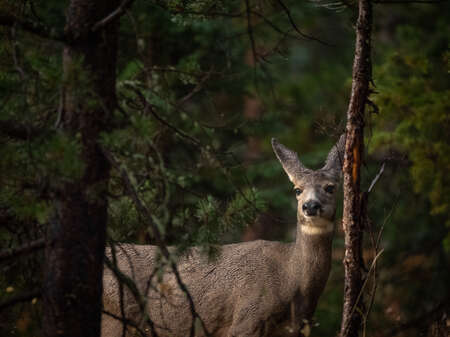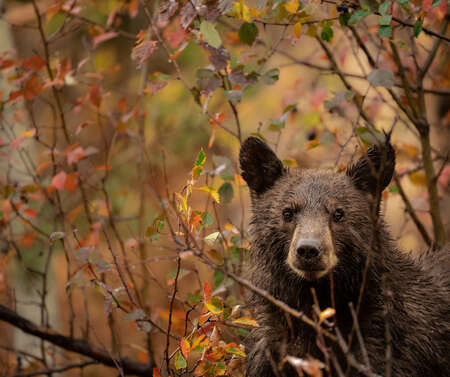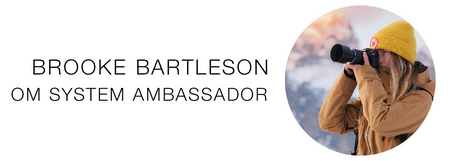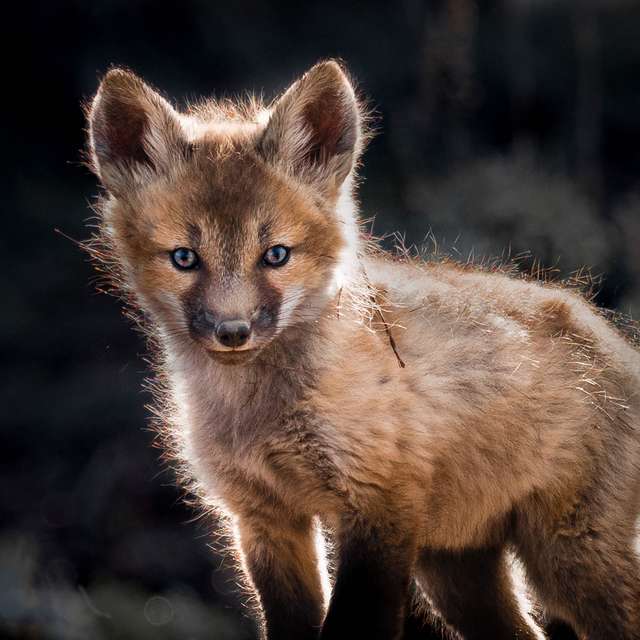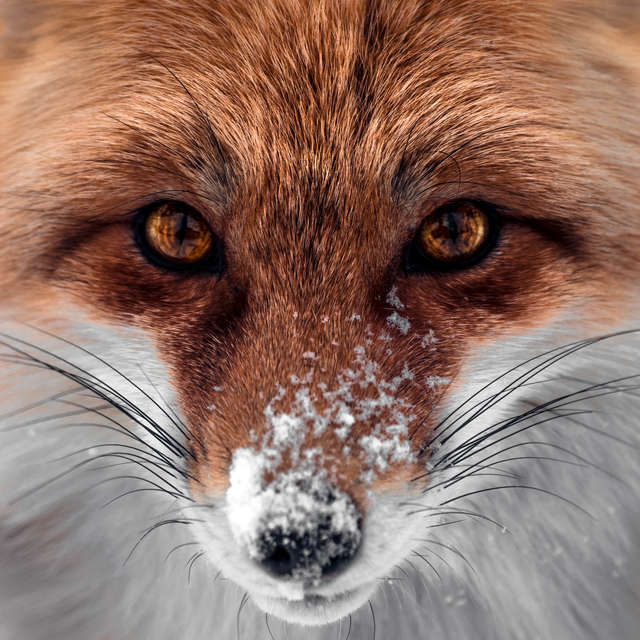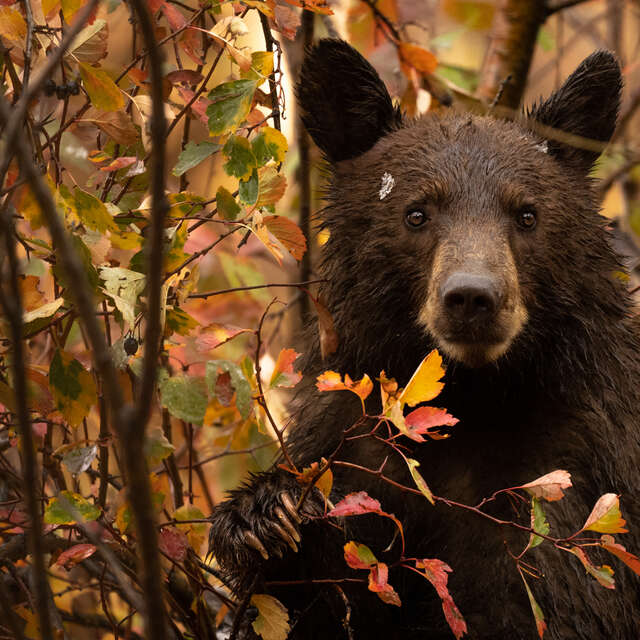In recent years, wildlife photography has become more accessible than ever before. Innovations in camera and lens technology has made it possible to own high quality telephoto gear without a steep buy in. This fact, coupled with the explosion of social media as a means for photographers to get their work in front of an uncapped number of viewers has been an absolute boon to wildlife conservation efforts. Photos bring attention to threatened wildlife. Charismatic animals become ambassadors for their species as their images go viral. Any wildlife photographer, regardless of resume, has the ability to make a tremendous positive impact.
But just as easy as it is to make a positive impact, it's now easier than ever for photographers to make negative impacts - both knowingly or unknowingly. As wildlife photography grows in popularity, ecosystems that were previously quite secluded are being visited at increasing rates and animals that once lived their lives almost entirely isolated from humans are now encountering them frequently. As a result, wildlife photographers must make it their mission to keep the animal’s best interest in the forefront of their minds in order to guarantee that we keep the wild, wild.
Consider the points below as a starting point to practicing good ethics in the field. But also remember, as with every complex issue regarding the environment, best practices are always changing and evolving.
Respect Your Subjects’ Distance
A common mistake beginner wildlife photographers make is to assume the best way to get in range of their subject is to directly approach them. The problem is, a direct approach will make almost all animals feel threatened and disturb their natural behavior. They will stop what they're doing and run or fly away. Not only does this ruin the shot, but it also affects the animal by making them leave a food source or expend valuable energy fleeing the area. Instead of approaching, find a place to wait and stay put - allow the animals to move naturally around you and feel comfortable enough to move in range. Use a telephoto lens to get intimate, close feeling shots from a distance. These guidelines will also help you get more unique images of animals behaving naturally.
Resist the Urge to Feed
Feeding wildlife is an extremely nuanced controversy that often has a lot of gray areas. One thing that is clear as day is the fact that it can be tempting to toss out food to a predator like a fox or an owl in order to entice it to come closer. But this behavior can be a death sentence for the animal. A common warning in wildlife photography is “a fed animal is a dead animal.” When an animal is fed by humans, it becomes conditioned to see humans as a potential food source. Animals that approach humans in search of food are often destroyed by the National Park Service, for better or for worse. Animals that approach vehicles in search of food usually eventually meet their death in motor vehicle collisions along the roadside - the most common end for fed animals that I’ve witnessed personally. Help keep your subjects safe, never put their lives at risk by feeding them just to get the shot.
Know When to Give Animals a Break
We’re living in a time when human development is a constant struggle for wildlife populations. As wilderness spaces diminish, animals have less room to roam away from humans. It can be tempting to visit the same population of animals day after day, but before you do so consider if these animals are potentially in need of a break from humans.
Recent wildfires have forced a local elk population near me out of their usual winter range. I’ve decided to allow these elk to acclimate to their new environment and haven’t visited them this winter. I think of it as a long term investment in the wellbeing and comfort of the herd.
Be an Advocate for Your Subjects
Individual humans are far more influential than they may realize. Speaking up when you see someone practicing poor ethics in the field may very well save the life of an animal. More often than not, poor ethics come from a lack of understanding rather than a place of malice. Setting a good example online and in the field is key to ensuring the next generation of wildlife photographers is a group that puts the animals first.
Wildlife photographers have a lot of responsibility on their shoulders. This responsibility is one of the traits that ultimately lead to it being one of the most fulfilling passions one can experience in my opinion. We are so lucky to have the ability to witness the wild in its rawest, most pristine form. And it is an honor to get to do our part in any way we can to protect these wild places.
Instagram: @brookelittlebear
Brooke is a wildlife photographer based out of Salt Lake City, Utah. She has always been a lover of animals, and when she first began shooting she was naturally hooked on photographing wildlife right from the start. Her ultimate goal is to photograph all the core species of megafauna found in North America. When Brooke is not actively photographing, tracking, or scouting for wildlife, you can find her snowboarding.
